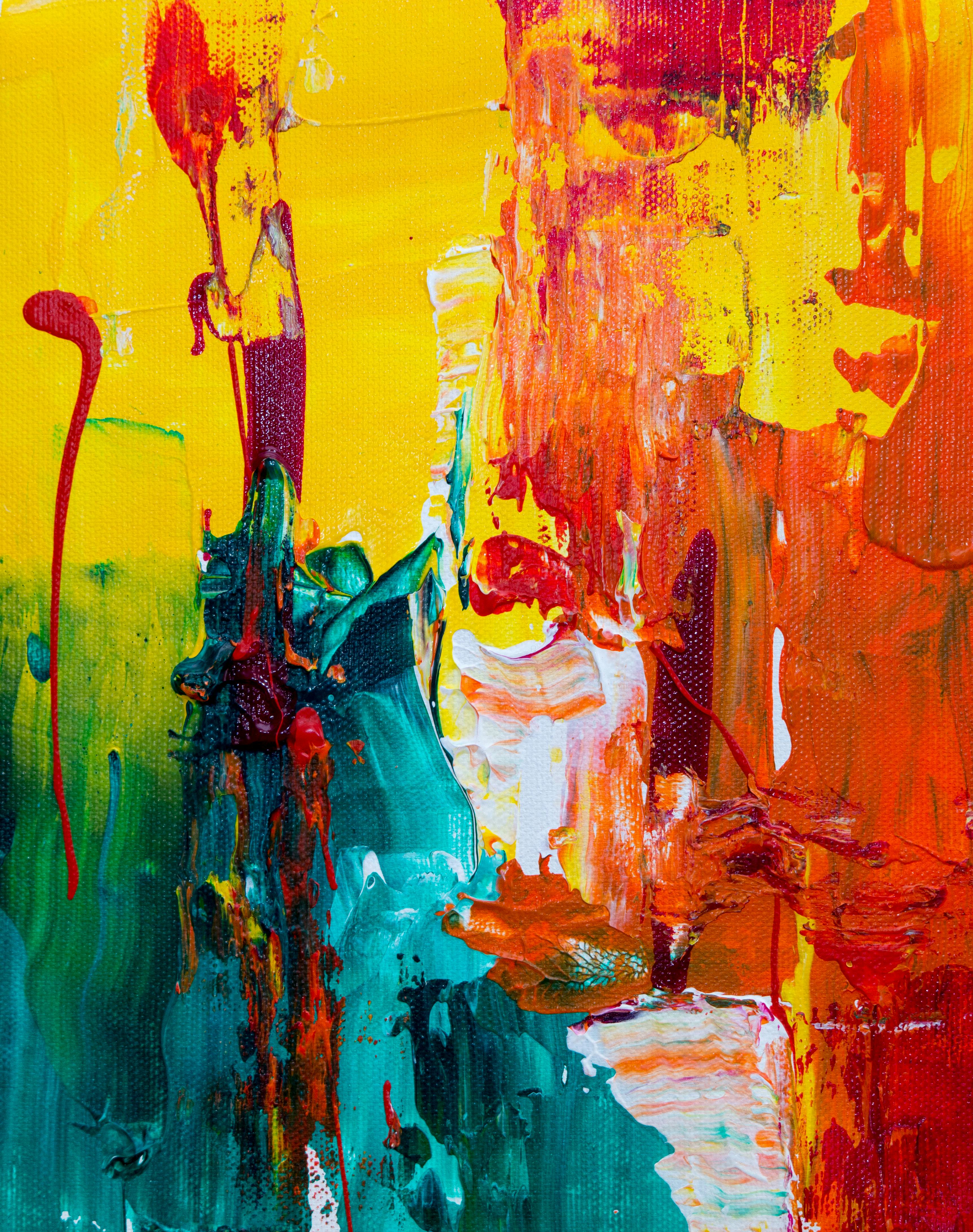Delving into the World of Digital Art: A Modern Phenomenon
Digital art, a novel form of expression that transcends traditional boundaries, has been rapidly evolving. This vibrant art form, defined by its use of digital technology, is not only redefining the artistic landscape but also how we perceive and interact with art.

The Genesis of Digital Art
Digital art finds its roots in the early 1960s when artists first began to experiment with computational technology. Early pioneers, like Michael Noll and Frieder Nake, broke new ground, creating algorithm-based artworks that were displayed on cathode ray tube screens. However, it was not until the late 1980s and early 1990s, with the advent of personal computers and graphic software, that digital art really started to take off. Today, it encompasses a wide array of styles and forms, from digital painting and sculpture to interactive installations and virtual reality.
The Contemporary Digital Art Scene
The modern digital art scene is vibrant and dynamic, characterised by its innovative use of technology. Today, artists utilise a wide range of tools and platforms to create their work, from graphic design software and 3D modelling programs to virtual reality and augmented reality technologies. The rise of social media and online platforms has also allowed artists to reach a global audience, facilitating greater visibility and engagement than ever before.
The Impact and Significance of Digital Art
The impact and significance of digital art are far-reaching. It has democratized the art world, making it more accessible to a broader audience. With digital tools and platforms, anyone can create and share their work, breaking down barriers that once existed. It has also enabled new forms of expression and interaction, reshaping our understanding of what art can be and how we engage with it.
The Reception of Digital Art
Although initially met with scepticism, digital art has gradually gained acceptance and recognition within the art world. It is now a regular feature in galleries and museums worldwide, with prestigious institutions like the Museum of Modern Art in New York and the Tate Modern in London hosting exhibitions dedicated to digital art. Despite this, there remains a degree of debate and controversy, with some critics questioning the legitimacy and value of digital art compared to traditional forms.
Conclusion
Undoubtedly, digital art is a fascinating and transformative force within the arts and entertainment industry. Its innovative use of technology and its ability to redefine and democratize the art world make it a compelling subject of study. As digital art continues to evolve and push boundaries, it will undoubtedly continue to captivate, challenge, and inspire us.





